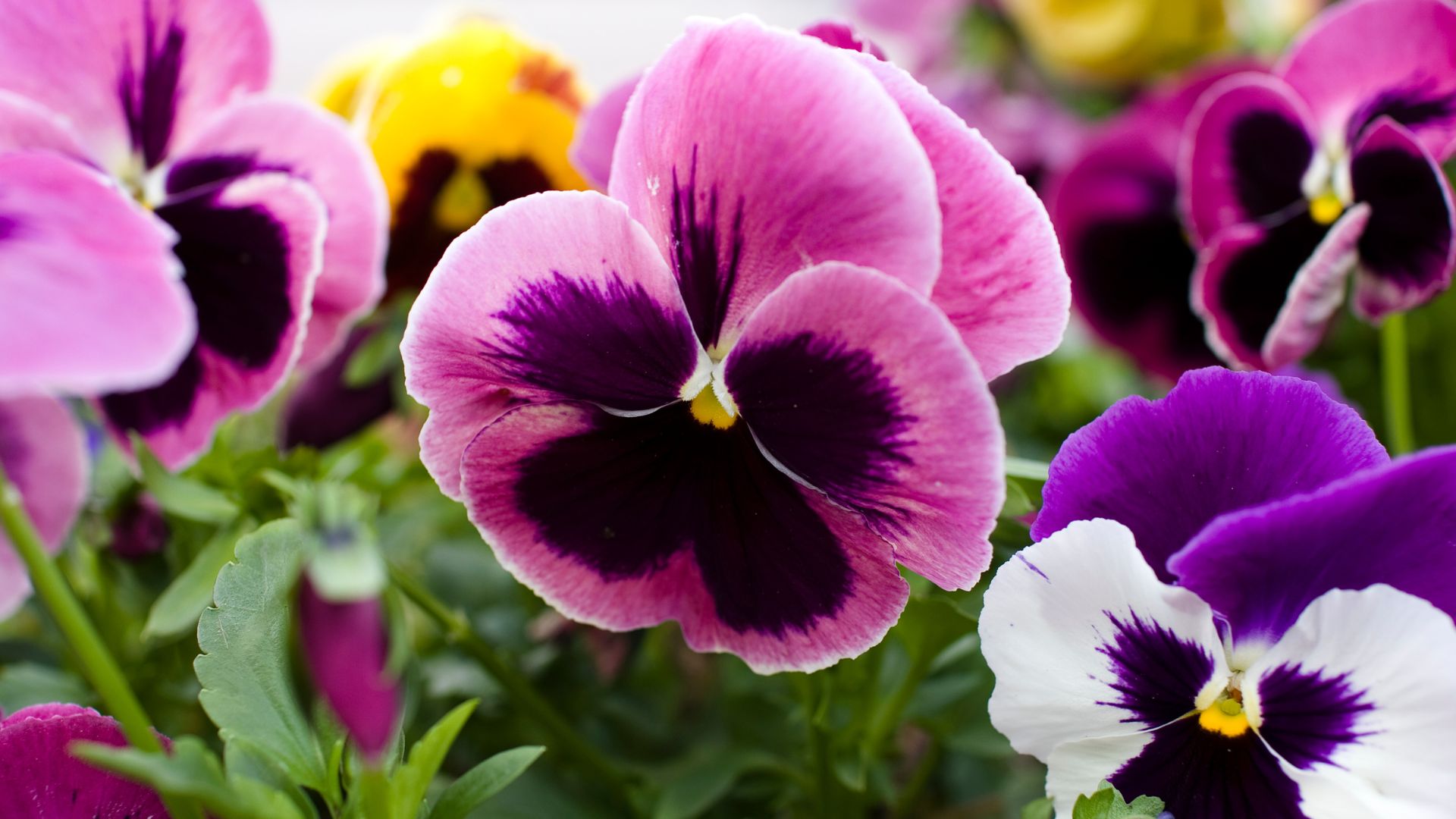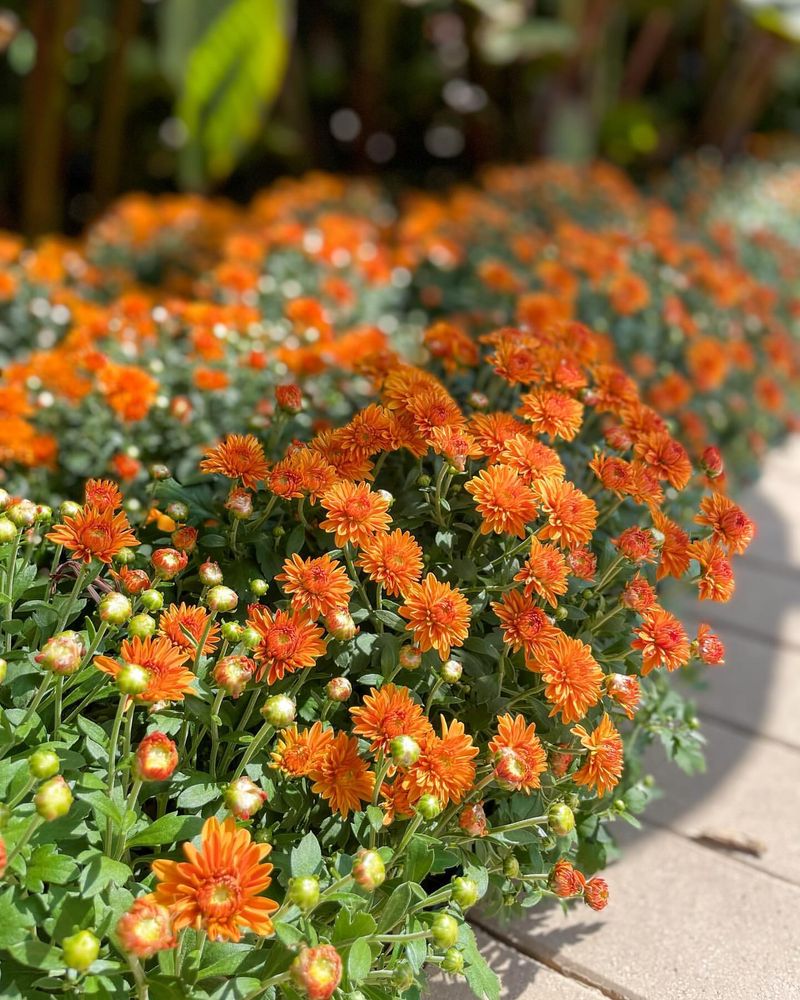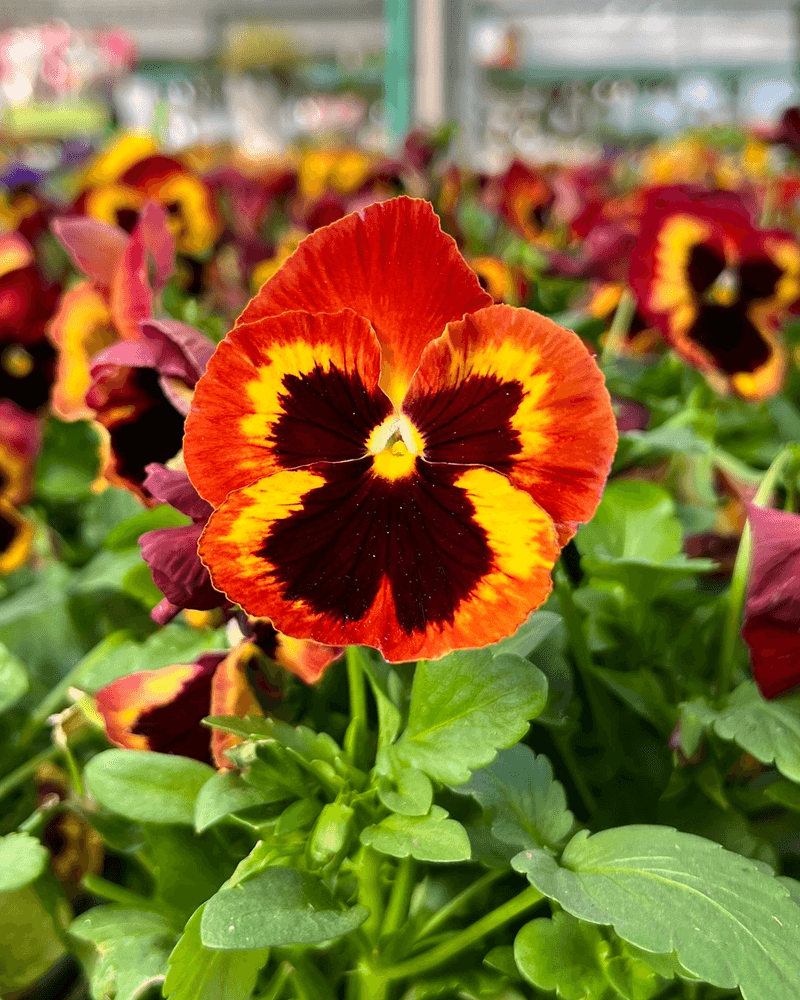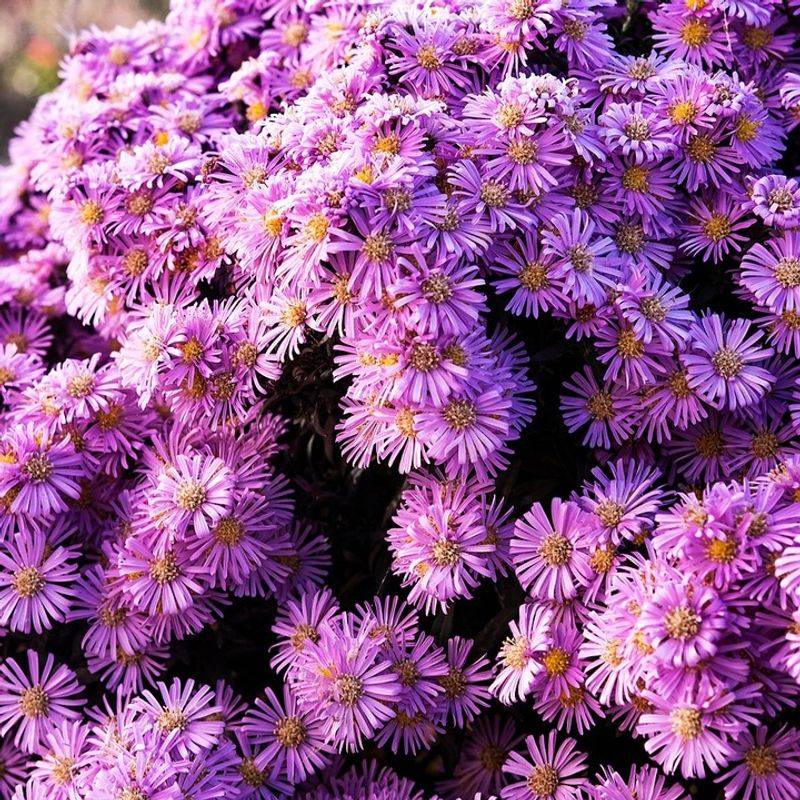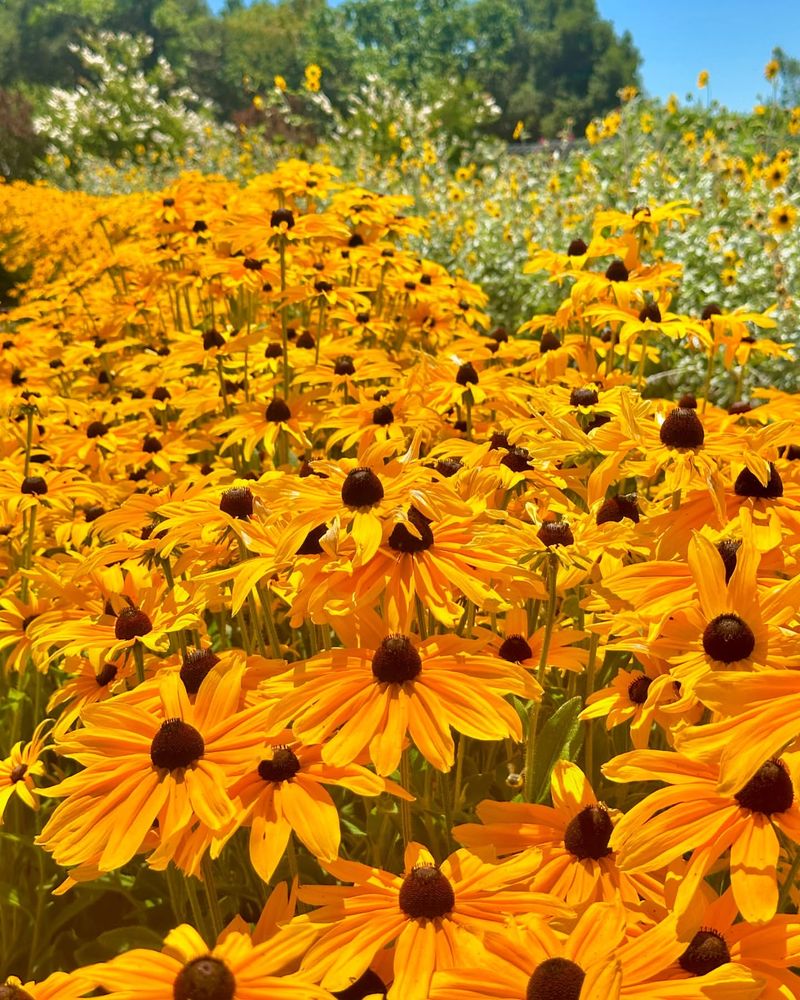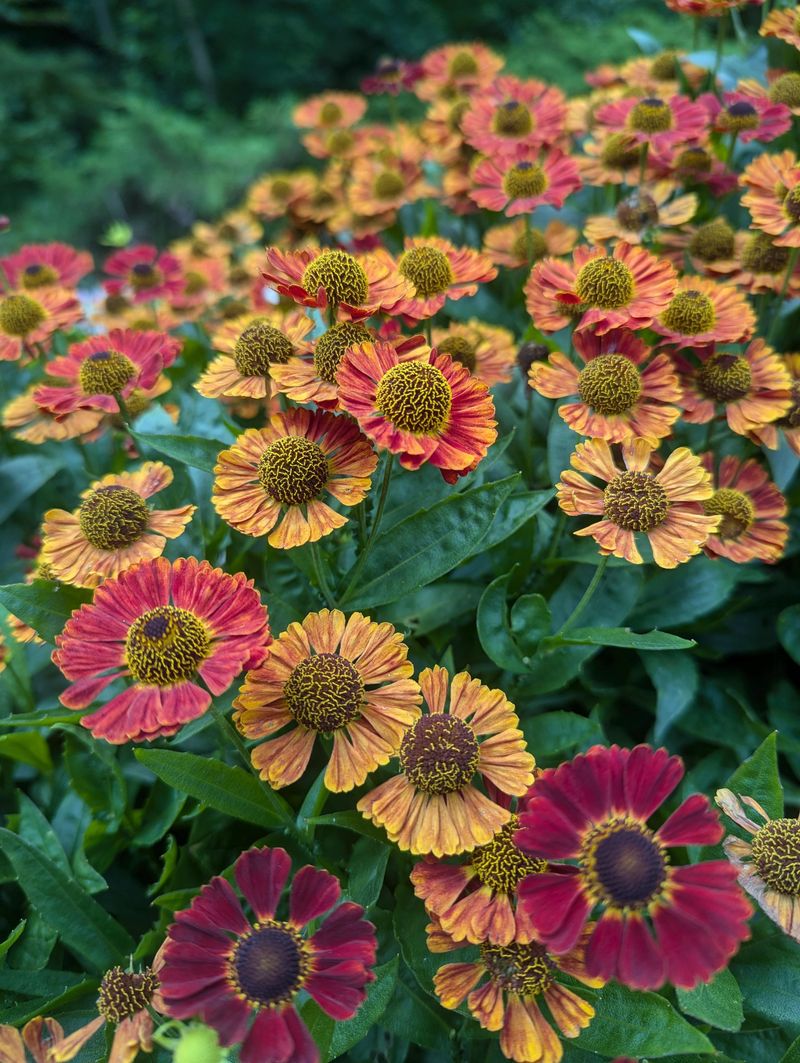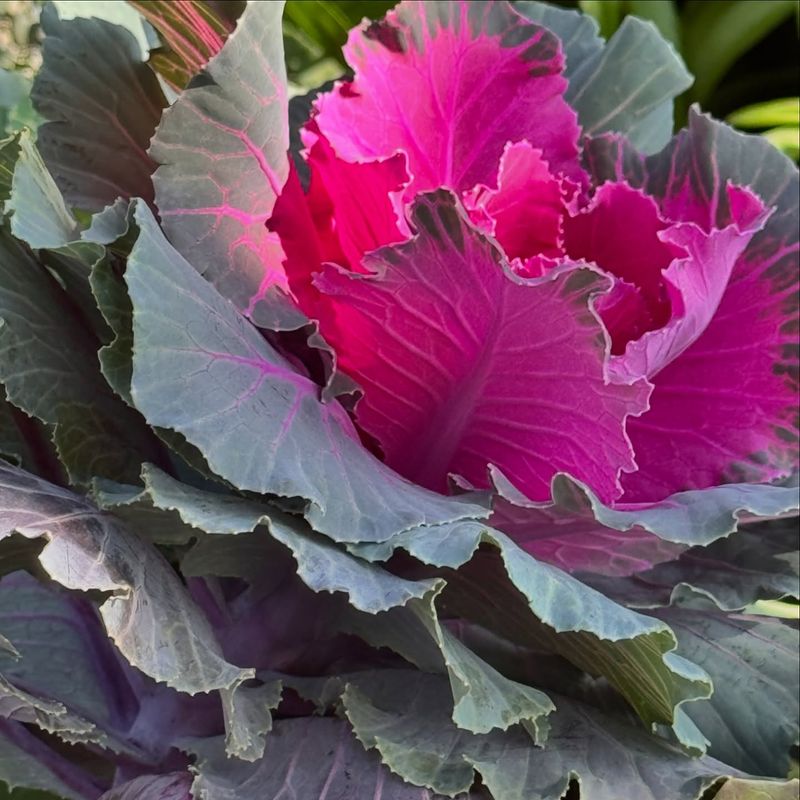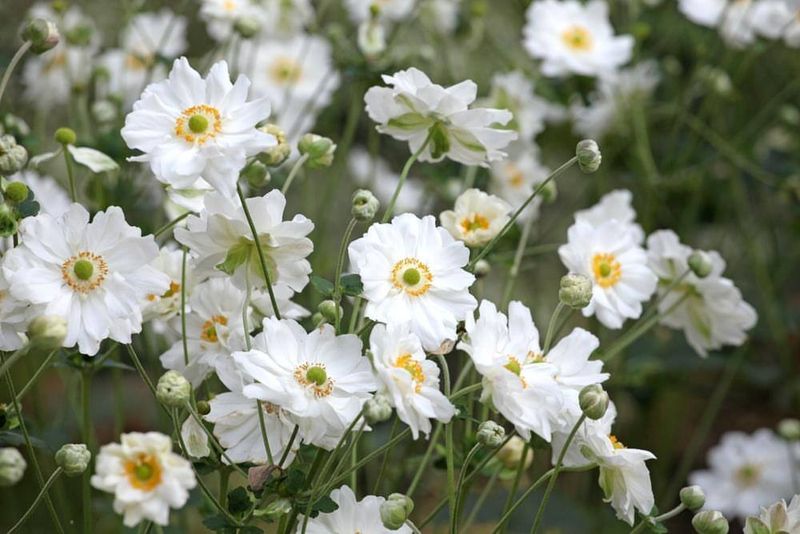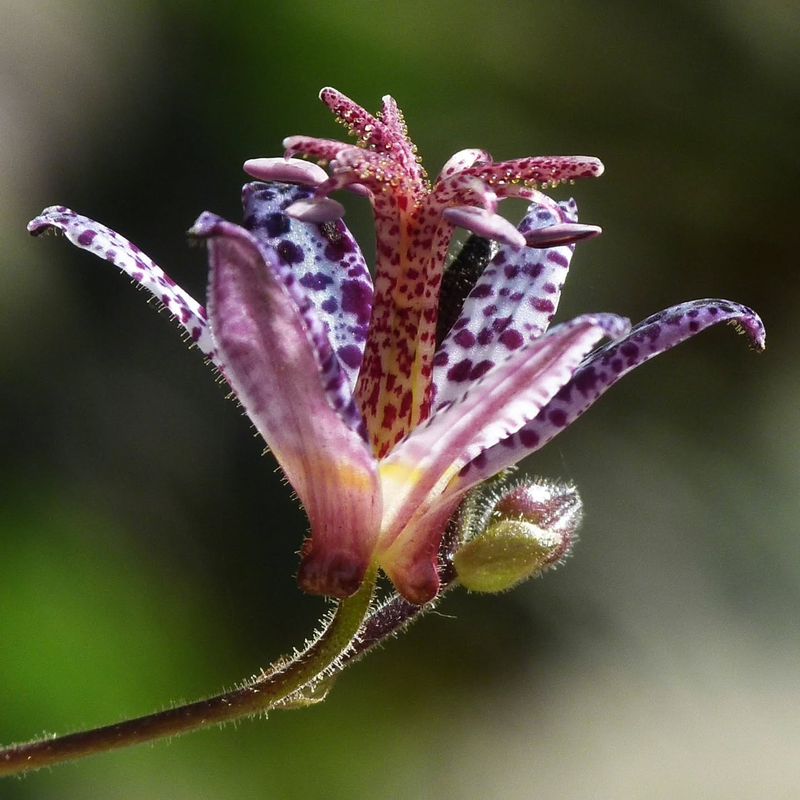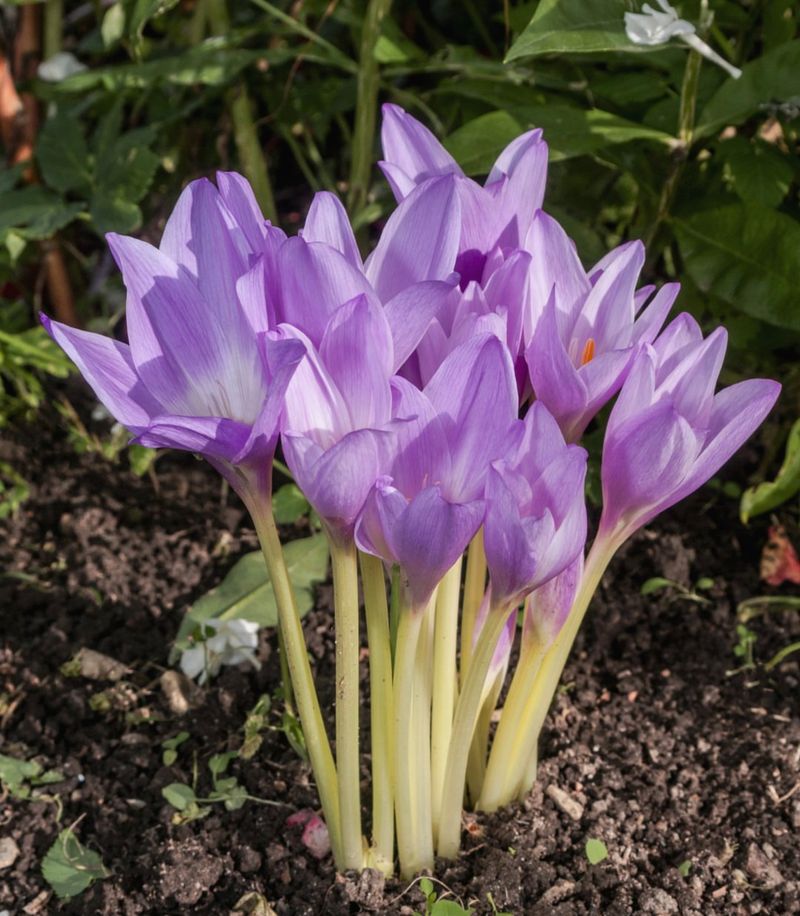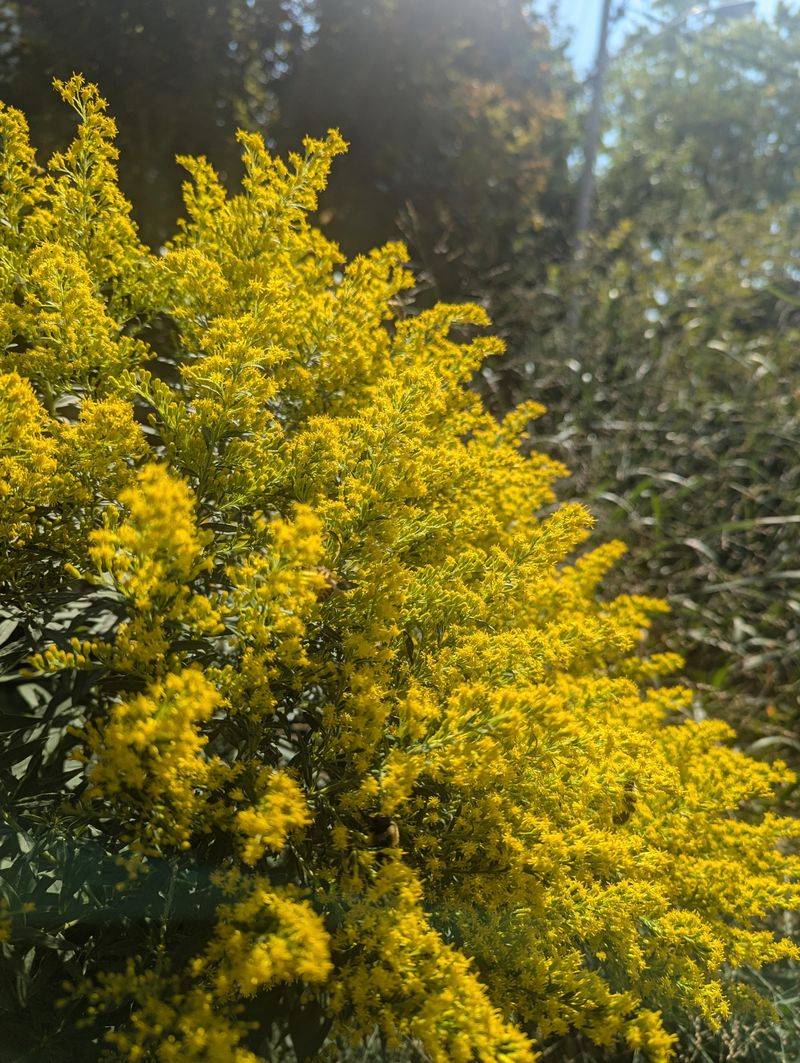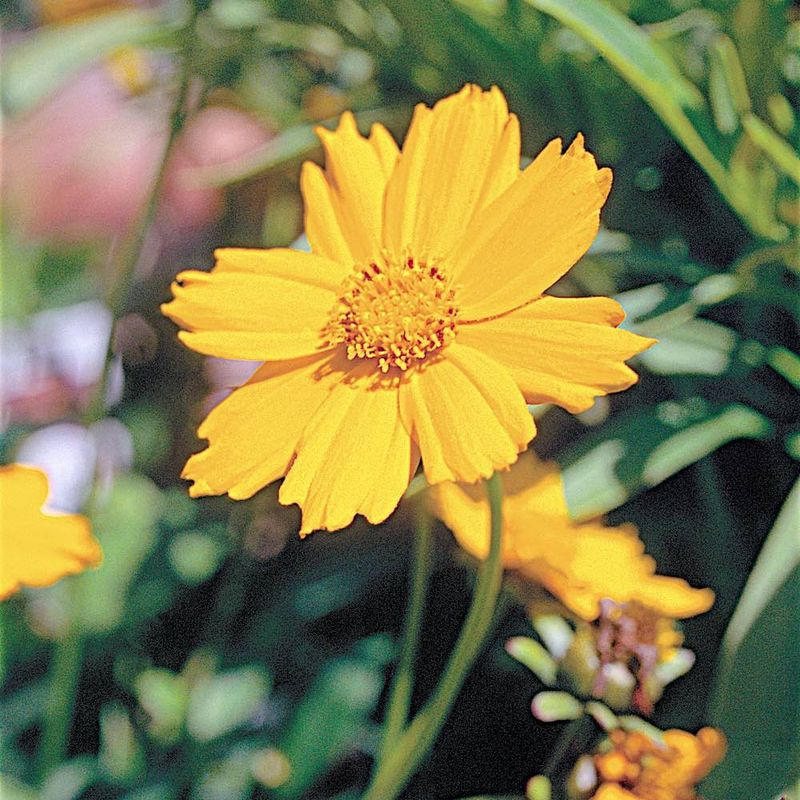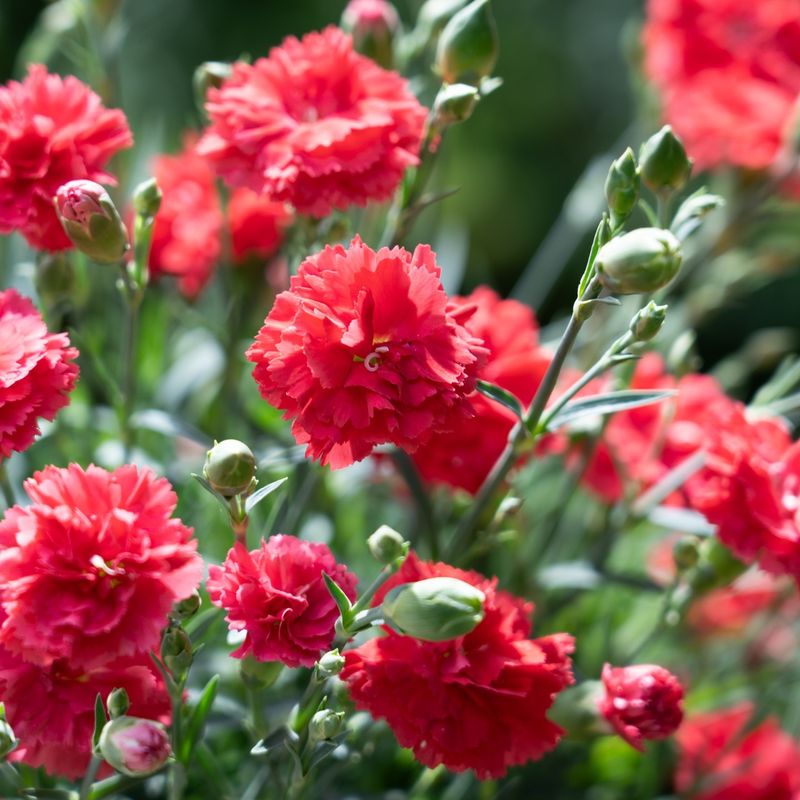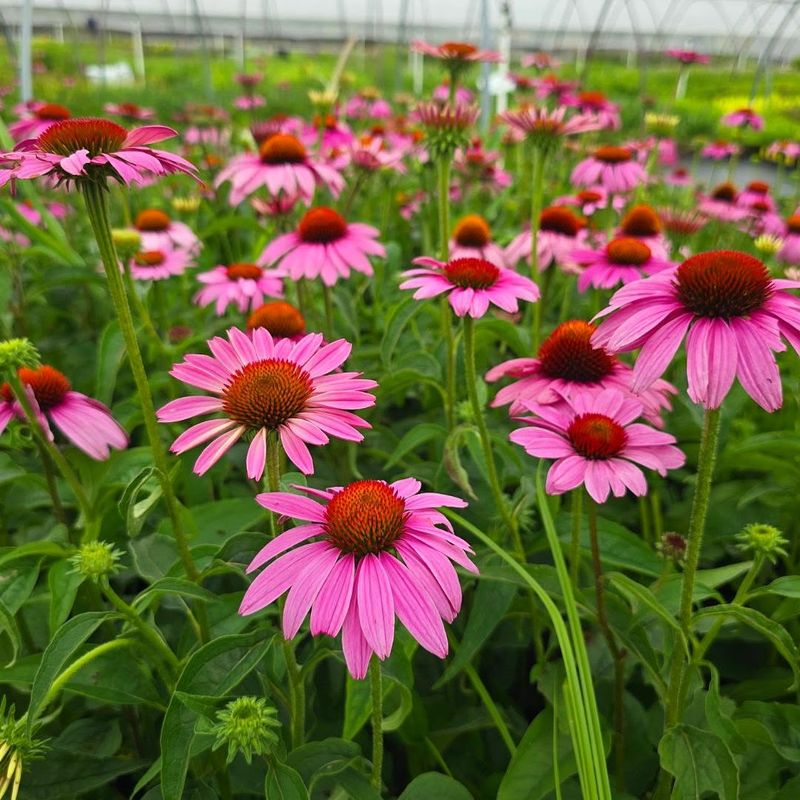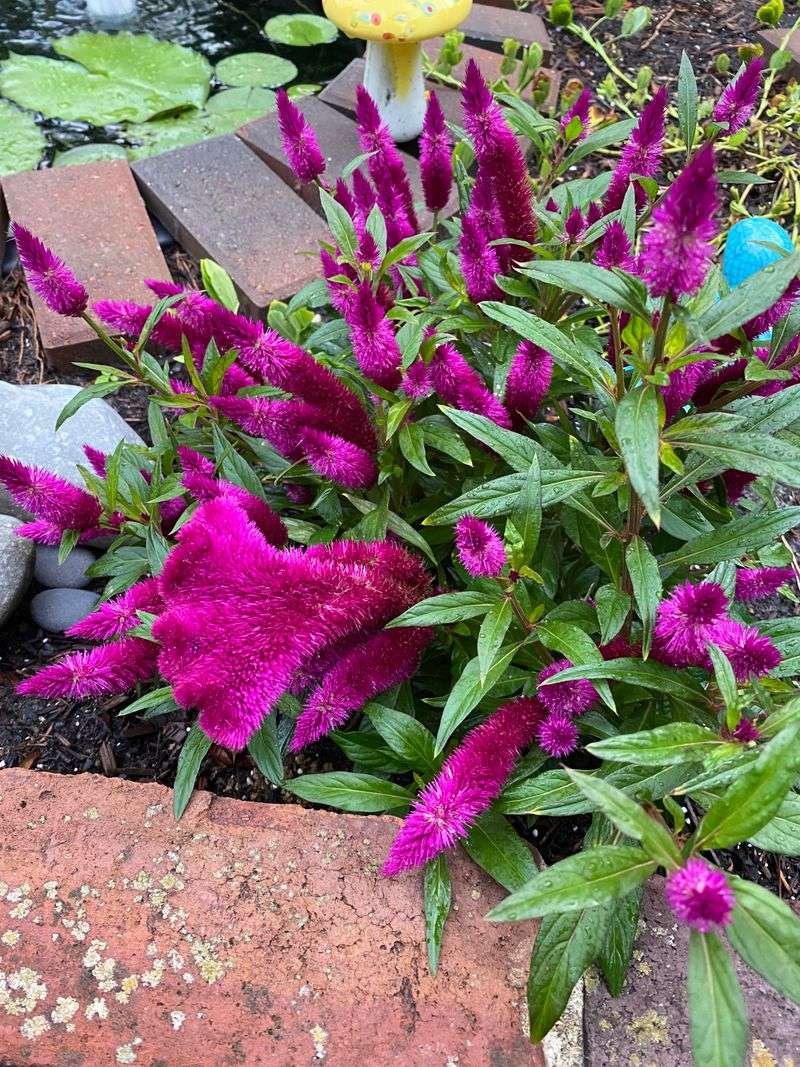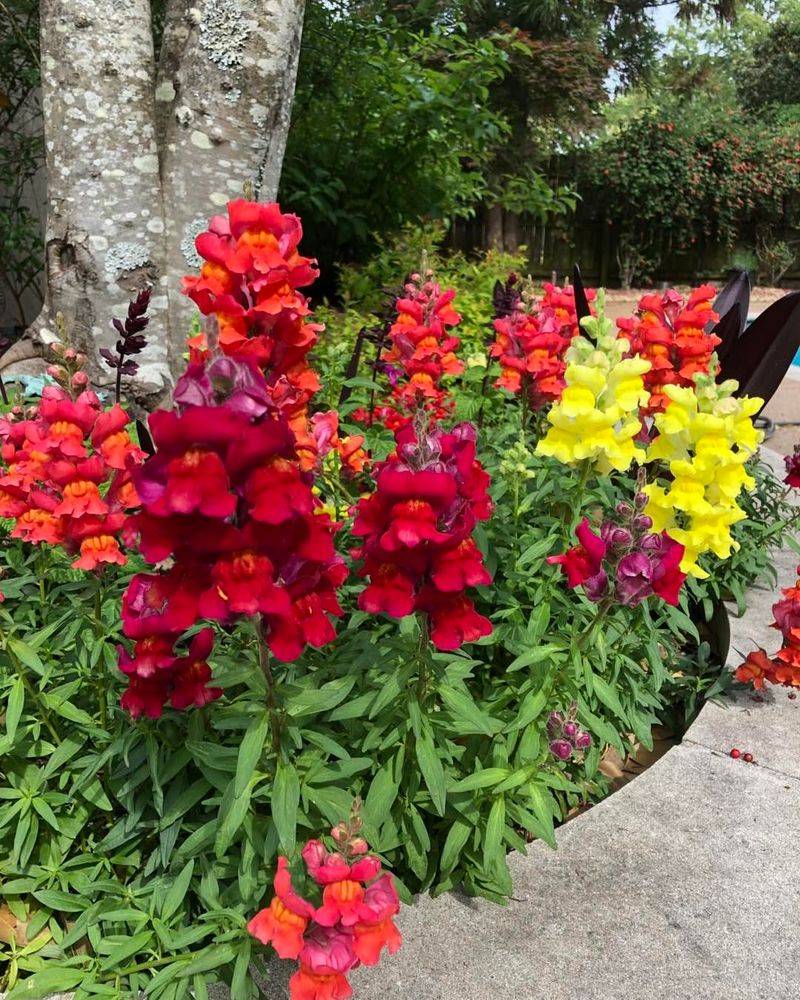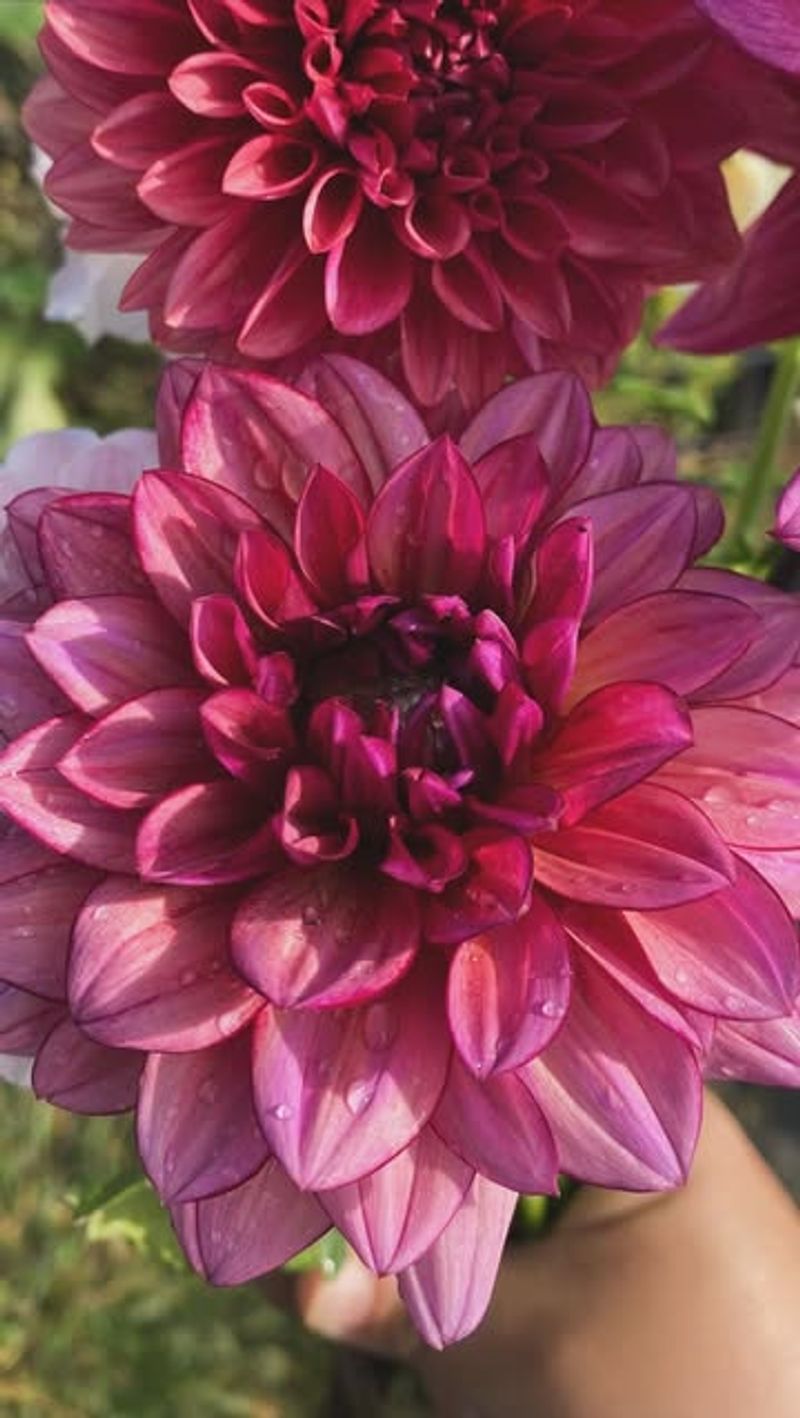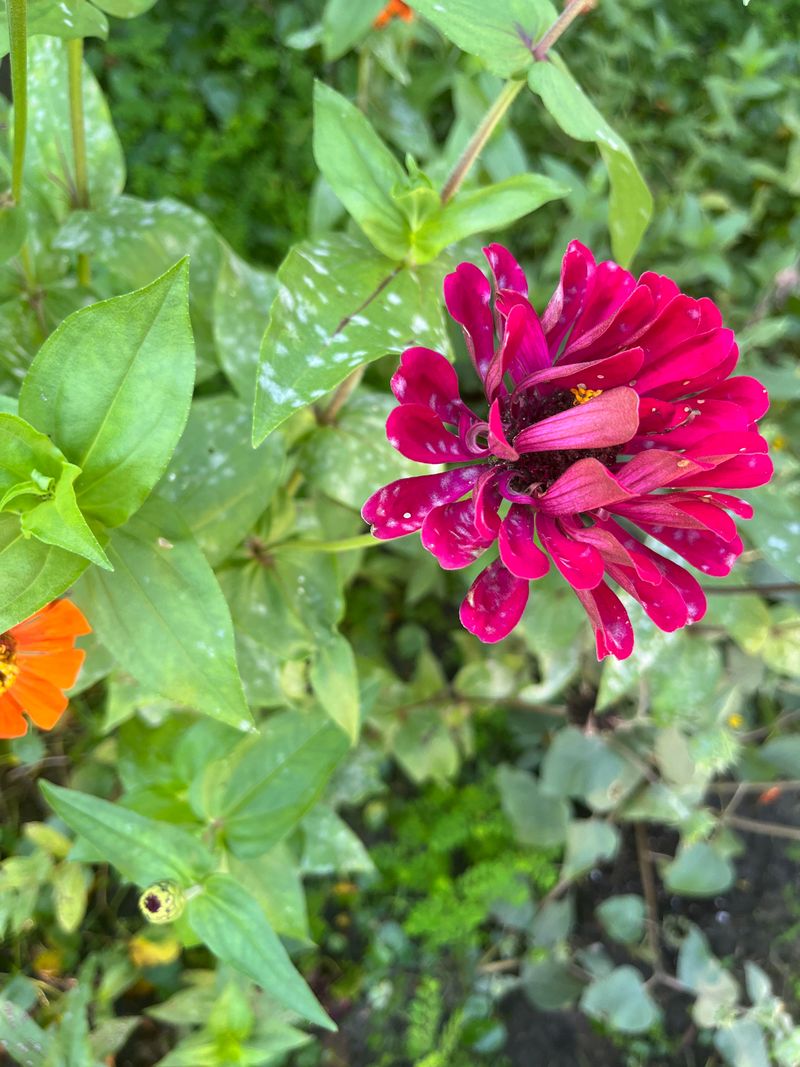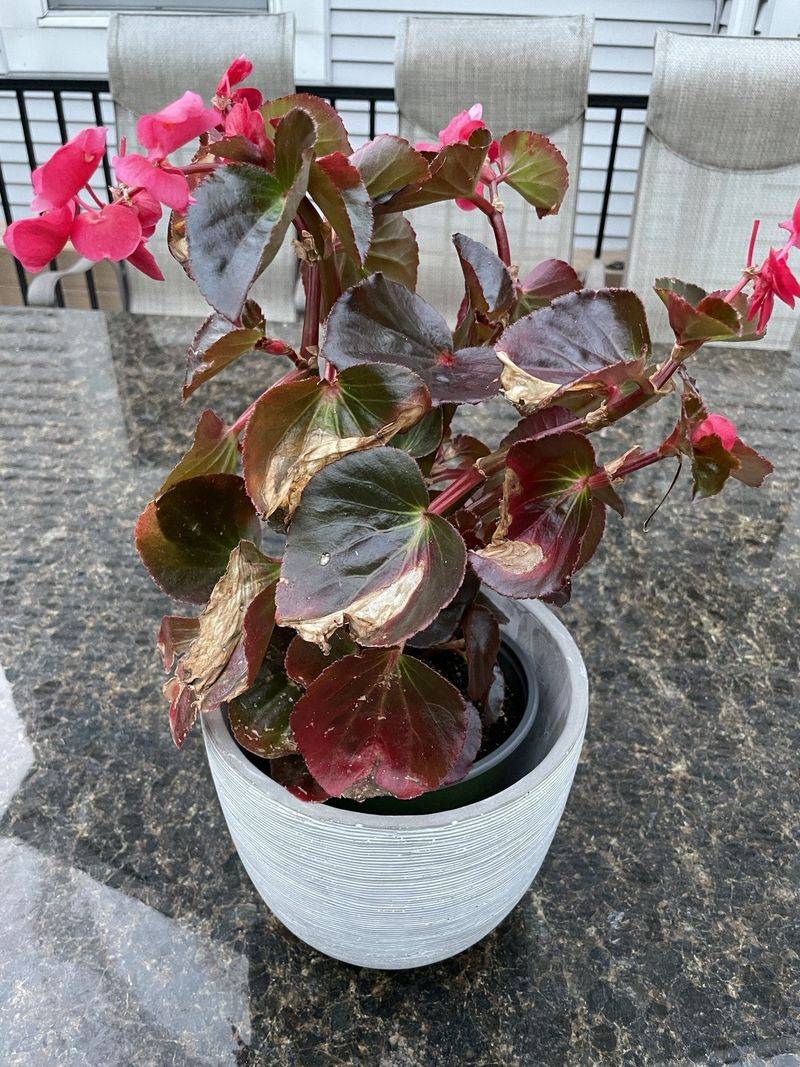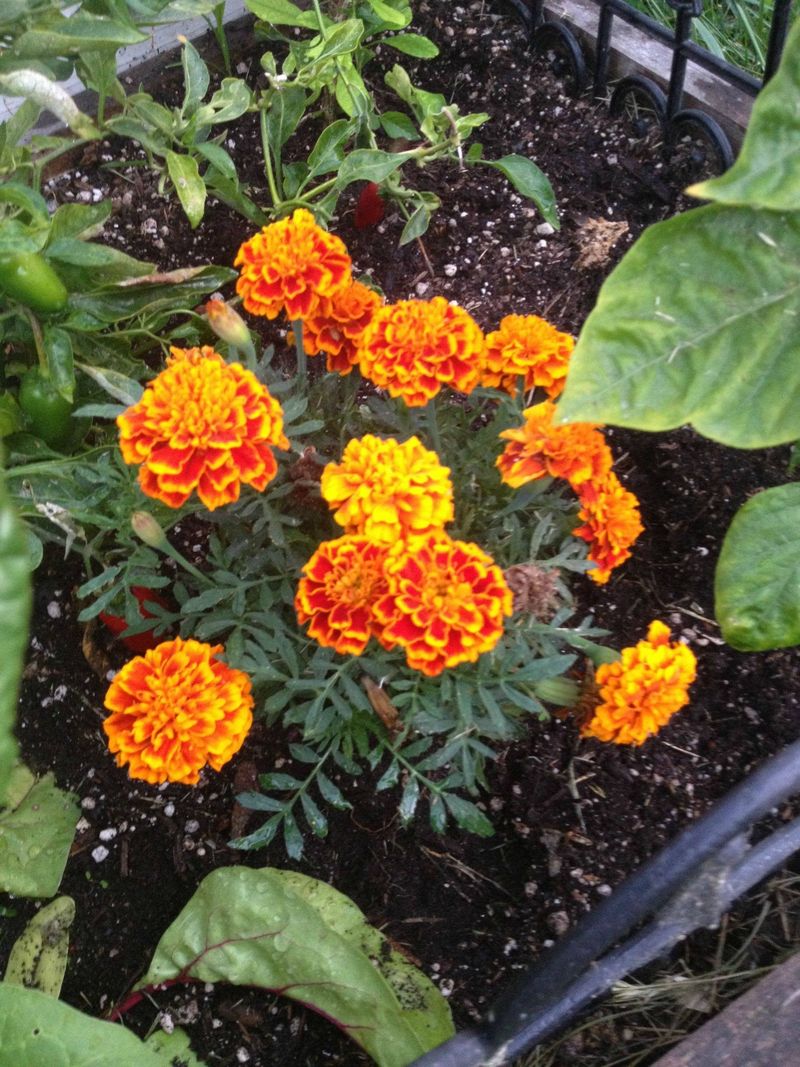Fall gardening is like catching the last golden glow before winter sets in. Planting the right blooms now means you’ll enjoy rich colors even as most gardens fade into dormancy. It’s your chance to end the season on a high note—with style and texture to match.
Flowers like mums, pansies, and asters are fall favorites for good reason—they thrive in cooler temps and keep your beds lively well into the season. Their hardy nature and vibrant hues give your garden a second wind when others are calling it quits.
On the flip side, save tender annuals or warm-season bulbs like gladiolus for spring—they won’t appreciate the chill and might not flower in time. With a little planning, you’ll savor a garden that holds onto beauty just a bit longer.
1. Chrysanthemums
Fall wouldn’t be complete without these classic beauties in your garden. Getting them in the ground now gives roots time to establish before the first frost hits.
Plant in well-draining soil where they’ll receive at least six hours of sunlight daily. Pinch back the tops until mid-July to encourage bushier growth with more flowers.
I added bronze mums near my front walkway last fall, and visitors constantly commented on how they brightened the entire entrance during those crisp autumn days.
2. Pansies
Hardy and resilient, these cheerful flowers actually prefer cooler temperatures and will often survive winter to bloom again in spring. Early fall planting gives them time to develop strong roots.
Water consistently but avoid overhead watering which can lead to powdery mildew. A light layer of mulch helps protect roots when temperatures drop below freezing.
My kitchen window box filled with purple and yellow pansies keeps the garden looking alive even when other plants have gone dormant for the season.
3. Asters
Star-shaped flowers bring a splash of purple, pink, or white to the autumn landscape. Planting now means you’ll enjoy their daisy-like blooms through the first frost.
Give them room to breathe—good air circulation prevents mildew problems. Cut back spent blooms to encourage more flowering and divide every few years to maintain vigor.
Last year I planted purple asters alongside golden rudbeckia, creating a stunning color combination that had neighbors stopping to admire the garden well into October.
4. Rudbeckia (Black-Eyed Susan)
Golden petals surrounding dark centers bring sunshine to autumn gardens. Fall planting gives these perennials a head start for next year’s blooms.
Space plants about 18 inches apart in full sun. They’re drought-tolerant once established but appreciate regular watering during their first season.
A patch of black-eyed Susans near my patio provides cut flowers for indoor arrangements through September and October, bringing the garden’s warmth inside as evenings get cooler.
5. Helenium
Often called ‘sneezeweed’ (though it doesn’t actually cause sneezing), these daisy-like flowers in red, orange, and yellow hues brighten the fall landscape. Planting now ensures they’ll settle in before winter.
Stake taller varieties to prevent flopping and deadhead regularly to extend the blooming period. They prefer consistently moist soil in full sun positions.
Adding helenium to my garden three years ago was one of my best decisions—they’re still going strong when most summer flowers have faded, creating a second season of color.
6. Ornamental Kale and Cabbage
Frost actually improves the color of these edible ornamentals, intensifying their purple, pink, and white hues. Early fall planting allows them to reach full size before cold weather hits.
Plant in rich, well-draining soil and water regularly at the base to avoid leaf rot. Spacing plants 12-15 inches apart ensures good air circulation.
The ornamental kale bordering my front walkway surprises visitors who can’t believe these colorful plants thrive even after light snow, adding unexpected texture to the winter landscape.
7. Japanese Anemone
Graceful flowers on tall stems sway in autumn breezes, adding movement to the garden. Fall planting gives these perennials time to establish before going dormant for winter.
Choose a location with morning sun and afternoon shade. Avoid disturbing the roots once planted, as they resent being moved or divided.
The white Japanese anemones I planted along my garden path catch the golden afternoon light in ways that make even hurried moments feel peaceful during busy fall days.
8. Toad Lily
Exotic-looking spotted flowers bloom in shady spots when most shade plants have finished for the season. Getting them in the ground now means established plants next fall.
Plant in humus-rich soil that remains consistently moist. Their diminutive size makes them perfect for woodland gardens or as front-of-border plants in shaded areas.
Finding these unusual flowers blooming in my shade garden last October felt like discovering hidden treasures—small but intricate blooms that reward close inspection.
9. Autumn Crocus
Unlike spring crocus, these fall-blooming bulbs send up flowers before leaves appear. Planting in early fall ensures you’ll enjoy their surprise blooms within weeks.
Set bulbs about 3 inches deep and 4 inches apart in well-draining soil. The leaves will appear after flowering and should be allowed to die back naturally to feed next year’s blooms.
Coming home to find these unexpected purple flowers popping up through fallen leaves always feels like the garden is offering one last gift before winter.
10. Goldenrod
Often unfairly blamed for hay fever (ragweed is the actual culprit), these native plants support pollinators with late-season nectar. Fall is perfect for planting these hardy perennials.
Choose named cultivars like ‘Fireworks’ that are better behaved than wild types. Plant in full sun in average to poor soil—rich soil can make them flop.
The goldenrod in my meadow garden draws dozens of butterfly species each fall, creating a vibrant ecosystem that continues until the first hard frost.
11. Coreopsis
Daisy-like flowers in yellow, orange, or bicolors bloom prolifically through fall when planted now. Their quick establishment makes them perfect for filling garden gaps.
Deadhead regularly to prevent self-seeding and encourage more blooms. Most varieties prefer full sun but tolerate light shade in hot climates.
A border of ‘Early Sunrise’ coreopsis along my driveway provides reliable color with minimal care—exactly what busy gardeners need as summer turns to fall.
12. Dianthus
Sweet-scented blooms in pink, red, and white add fragrance to the fall garden. Planting now gives them time to develop strong roots before winter dormancy.
Plant in well-draining soil with a neutral to slightly alkaline pH. Adding crushed eggshells or lime to acidic soil helps these plants thrive.
The spicy clove scent of dianthus planted near my garden bench creates an unexpected sensory experience during cool autumn evenings when most fragrant plants have finished blooming.
13. Coneflower (Echinacea)
Tough native perennials continue blooming into fall while developing seed heads that feed birds through winter. Fall planting gives them a head start on next year’s display.
Choose a site with excellent drainage and full sun. Newer varieties offer colors beyond the traditional purple, including yellow, orange, and white.
Watching goldfinches balance on coneflower seed heads in my garden is one of the simple joys that makes fall gardening so rewarding—beauty that transitions seamlessly into winter wildlife habitat.
14. Celosia
Flame-like or brain-like flower heads in vibrant reds, oranges, and yellows add dramatic texture to fall gardens. Though typically grown as annuals, planting now provides weeks of color before frost.
Space plants according to variety—plumed types need more room than crested forms. Regular feeding with balanced fertilizer keeps colors intense.
Adding celosia to my container gardens last fall created such striking arrangements that I took photos to remember the combinations for this year’s planting.
15. Snapdragons
Often overlooked for fall planting, these cool-weather lovers actually perform better now than in summer heat. Getting them started in early fall means blooms until hard frost.
Choose shorter varieties for windy areas or provide staking for taller types. Regular deadheading encourages continuous flowering well into autumn.
The mixed snapdragons I planted last September surprised me by surviving our mild winter and giving me the earliest spring blooms in the neighborhood—a bonus reward for fall planting.
16. Dahlias (Too Late)
Missing the window for planting these tubers means missing out on their spectacular late-summer and fall blooms. They need at least 8 weeks before frost to establish and flower.
Mark your calendar for spring planting instead, after all danger of frost has passed. Store tubers in a cool, dry place over winter for planting next year.
I learned this lesson the hard way after an impulse purchase of dahlia tubers in September resulted in healthy plants that never had time to produce a single bloom before frost hit.
17. Gladiolus (Too Late)
Fall-planted glads won’t have enough growing time to develop flowers before frost damages them. These summer bloomers need 70-90 days from planting to flowering.
Instead, dig up existing gladiolus corms before the ground freezes, dry them thoroughly, and store in mesh bags in a cool, dry location until spring planting.
A neighbor’s disappointed face after planting gladiolus in September reminded me how important timing is—his corms sprouted but were killed by the first frost without producing a single flower.
18. Zinnias (Too Late)
Despite their quick growth, zinnias planted in fall won’t have enough warm days to reach flowering stage before frost. These heat-lovers stop growing when temperatures consistently drop below 60°F.
Collect seeds from existing plants instead, storing them in paper envelopes for spring planting. Label varieties by color and height for organized spring planting.
The packet of zinnia seeds I found while cleaning last October tempted me to try late planting, but experience reminded me to save them for May when they’d have proper growing conditions.
19. Begonias (Too Late)
Sensitive to even light frost, tuberous begonias planted in fall are doomed to fail before they can establish. These tender perennials need months of frost-free growing time.
If you have existing plants, lift tubers after the first light frost, allow them to dry, and store in peat moss or vermiculite in a cool, dark place until spring.
My sister’s disappointment with fall-planted begonia tubers taught our family to respect plant timing—nature doesn’t bend to our schedule, no matter how much we wish it would.
20. Marigolds (Too Late)
Though quick-growing, marigolds planted in fall won’t reach maturity before cold weather stunts their growth. These traditional garden favorites need several months of warm weather to thrive.
Focus instead on collecting seeds from existing plants by allowing flower heads to dry on the plant. Store seeds in paper envelopes in a cool, dry place for spring planting.
The marigold seedlings I tried planting in late September remained stunted until frost claimed them—a reminder that even easy-growing plants have their seasonal limitations.

